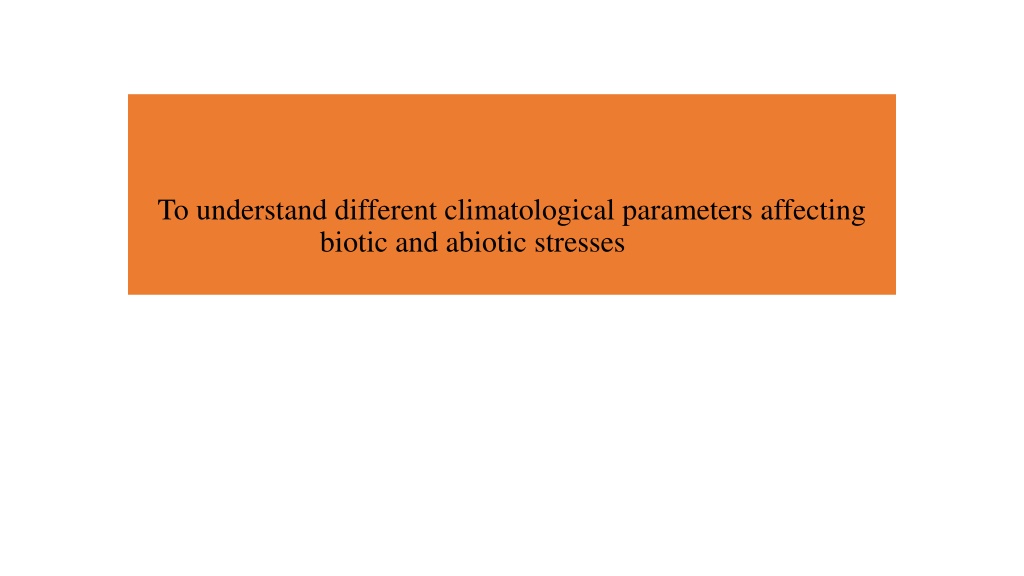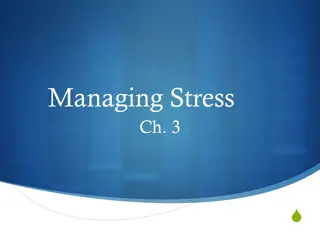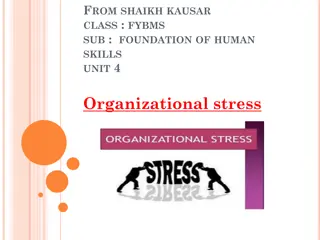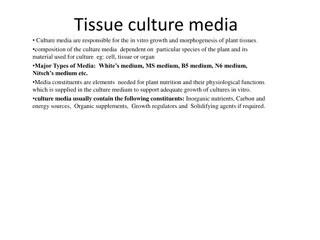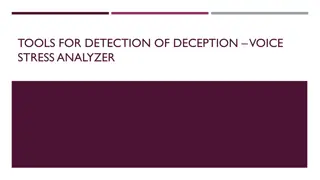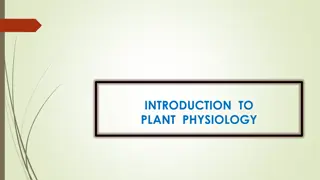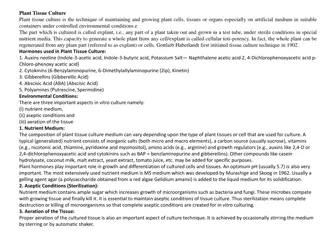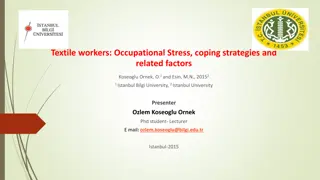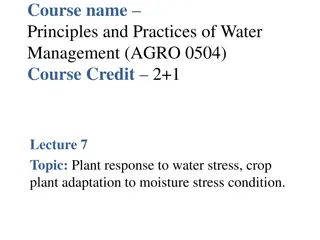Impacts of Combined Stress Conditions on Plant Responses
Environmental stress factors like drought, heat, and pathogen infection can severely affect plant growth. Studies show that plants respond uniquely to combinations of stressors, with complex signaling pathways influencing their reactions. Field conditions differ from controlled lab settings, presenting challenges for understanding plant resilience.
Download Presentation

Please find below an Image/Link to download the presentation.
The content on the website is provided AS IS for your information and personal use only. It may not be sold, licensed, or shared on other websites without obtaining consent from the author.If you encounter any issues during the download, it is possible that the publisher has removed the file from their server.
You are allowed to download the files provided on this website for personal or commercial use, subject to the condition that they are used lawfully. All files are the property of their respective owners.
The content on the website is provided AS IS for your information and personal use only. It may not be sold, licensed, or shared on other websites without obtaining consent from the author.
E N D
Presentation Transcript
To understand different climatological parameters affecting biotic and abiotic stresses
Environmental stress conditions such as drought, heat, salinity, cold, or pathogen infection can have a devastating impact on plant growth and yield under field conditions. Nevertheless, the effects of these stresses on plants are typically being studied under controlled growth conditions in the laboratory. The field environment is very different from the controlled conditions used in laboratory studies, and often involves the simultaneous exposure of plants to more than one abiotic and/or biotic stress condition, such as a combination of drought and heat, drought and cold, salinity and heat, or any of the major abiotic stresses combined with pathogen infection.
Recent studies have revealed that the response of plants to combinations of two or more stress conditions is unique and cannot be directly extrapolated from the response of plants to each of the different stresses applied individually. Moreover, the simultaneous occurrence of different stresses results in a high degree of complexity in plant responses, as the responses to the combined stresses are largely controlled by different, and sometimes opposing, signaling pathways that may interact and inhibit each other..
